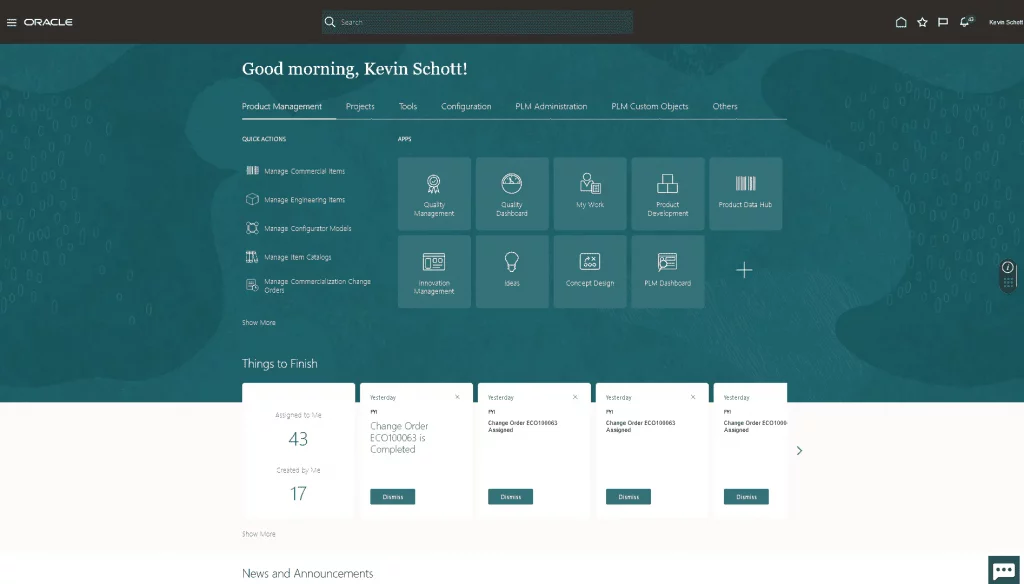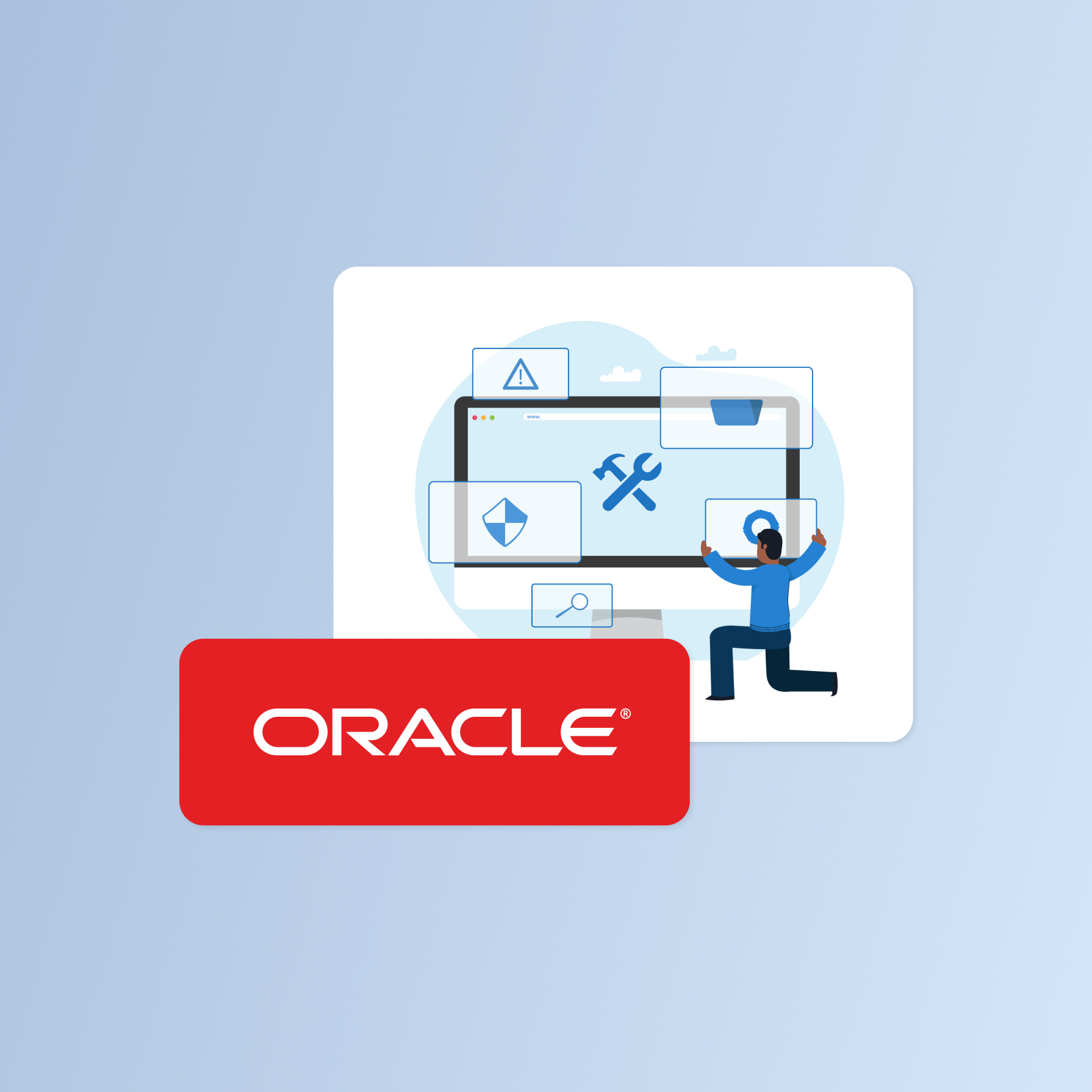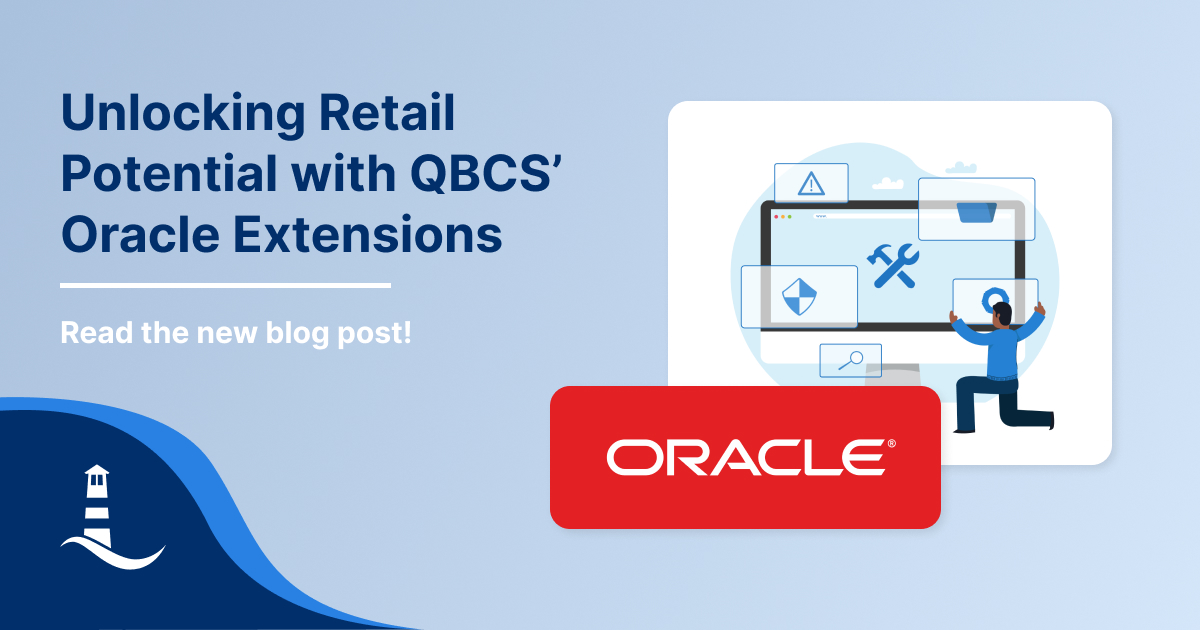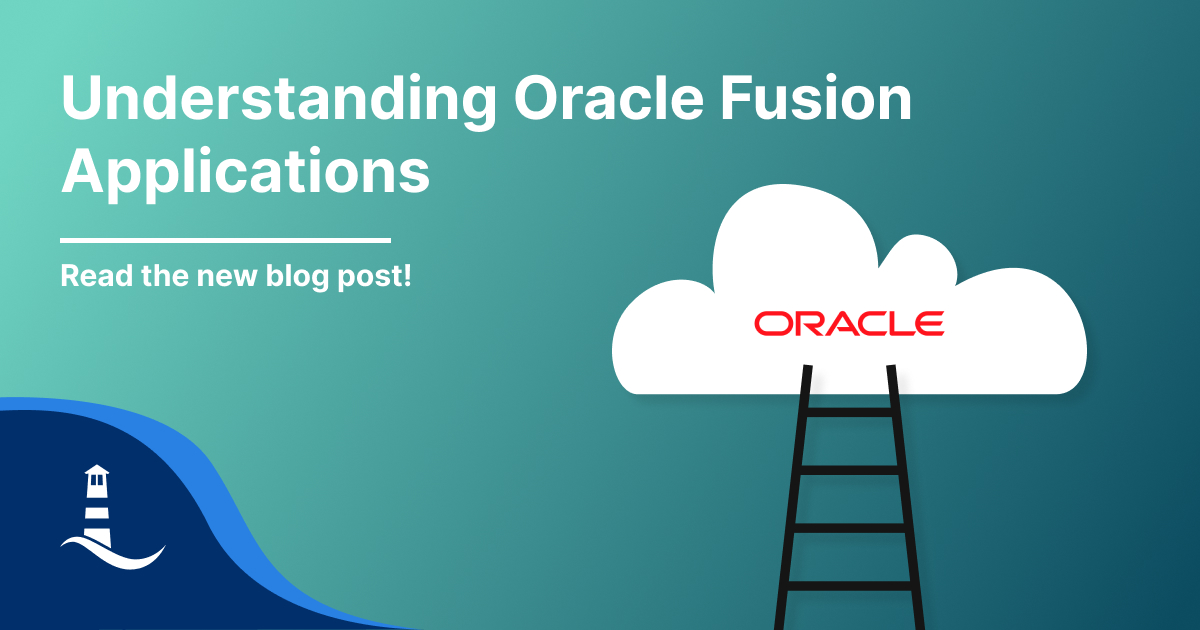Understanding Oracle Fusion Applications: The Next Generation of Enterprise Solutions
Oracle Fusion Applications (OFA) represent a major leap in enterprise software, merging cutting-edge technology with the best practices gathered from Oracle’s vast experience across industries. Oracle Fusion Applications are built on an open, standards-based platform, and offer businesses flexibility, adaptability, and enhanced security in managing their core operations, such as enterprise resource planning (ERP), enterprise performance management (EPM), supply chain management and manufacturing (SCM), human capital management (HCM), and customer experience (CX).
In this blog, we’ll cover key aspects of Oracle Fusion, from its architecture to its deployment options, and the ways it helps businesses optimize processes.

Product tour—Oracle Fusion Cloud Quality Management
What Are Oracle Fusion Applications?
Oracle Fusion Applications are designed to be modular, adaptable, and comprehensive. Using open standards, Oracle provides a flexible business software suite that integrates seamlessly with legacy systems like Oracle E-Business Suite, PeopleSoft, and JD Edwards. The goal is to enable businesses to choose what fits their needs best—whether a single module or the entire suite—at a pace that suits their growth.
The core features of Oracle Fusion include:
- Standards-Based Architecture: Built on Java EE, Oracle WebLogic Server, and other open standards, allowing for easy integration and adaptability.
- Best Practices Business Processes: Incorporates proven processes from Oracle’s extensive portfolio.
- Multiple Deployment Options: Choose between on-premise, cloud, or hybrid models.
- Security at its Core: Role-based access control and robust privacy protections.
For a comprehensive dive into the architecture, Oracle offers additional resources, such as the Oracle Fusion Applications Developer’s Guide.
Architecture and Service-Oriented Approach
Key Architectural Components:
- Oracle WebCenter: For building enterprise portals and social networking applications.
- Oracle SOA Suite: Provides service infrastructure for managing and orchestrating composite applications.
- Oracle Business Intelligence 11g: A full range of BI capabilities, offering in-depth organizational analysis and reporting.
Best Practices Business Processes
Key UI and Process Enhancements:
- Role-Based Dashboards: Tailored to individual user roles, providing the most relevant information.
- Unified Worklists: A single, integrated list of tasks across all applications.
- Guided Business Processes: Step-by-step workflows that streamline complex operations.
- Social and Collaborative Features: Tools like instant collaboration, embedded communities, and real-time communication to foster teamwork.
Deployment Options: Flexibility and Scalability
- On-Premise: Traditional hosting within the enterprise’s own data centers.
- Cloud: Public and private cloud options, offering a Software-as-a-Service (SaaS) model.
- Hybrid: A mix of both on-premise and cloud models for organizations that require flexibility and customization.
Security Features: Comprehensive and Integrated
Security is a priority with Oracle Fusion, ensuring that businesses maintain control over their data. Role-based access ensures that users only have access to the information necessary for their roles. Additionally, features like identity management, segregation of duties, and robust privacy protections give businesses peace of mind.
Oracle Fusion integrates security into all tools, ensuring consistency across the application lifecycle. Security policies are enforced across all modules, from data access to business operations, making Oracle Fusion one of the most secure enterprise solutions available today.
Conclusion
Oracle Fusion Applications is a comprehensive and flexible enterprise solution that helps businesses adapt to changing market demands. With its modular architecture, service-oriented design, and multiple deployment options, Oracle Fusion gives organizations the power to innovate, optimize processes, and scale operations seamlessly.
Are you interested in implementing Oracle Fusion Applications? Contact us to learn more about how Oracle Fusion Applications can benefit your business!






